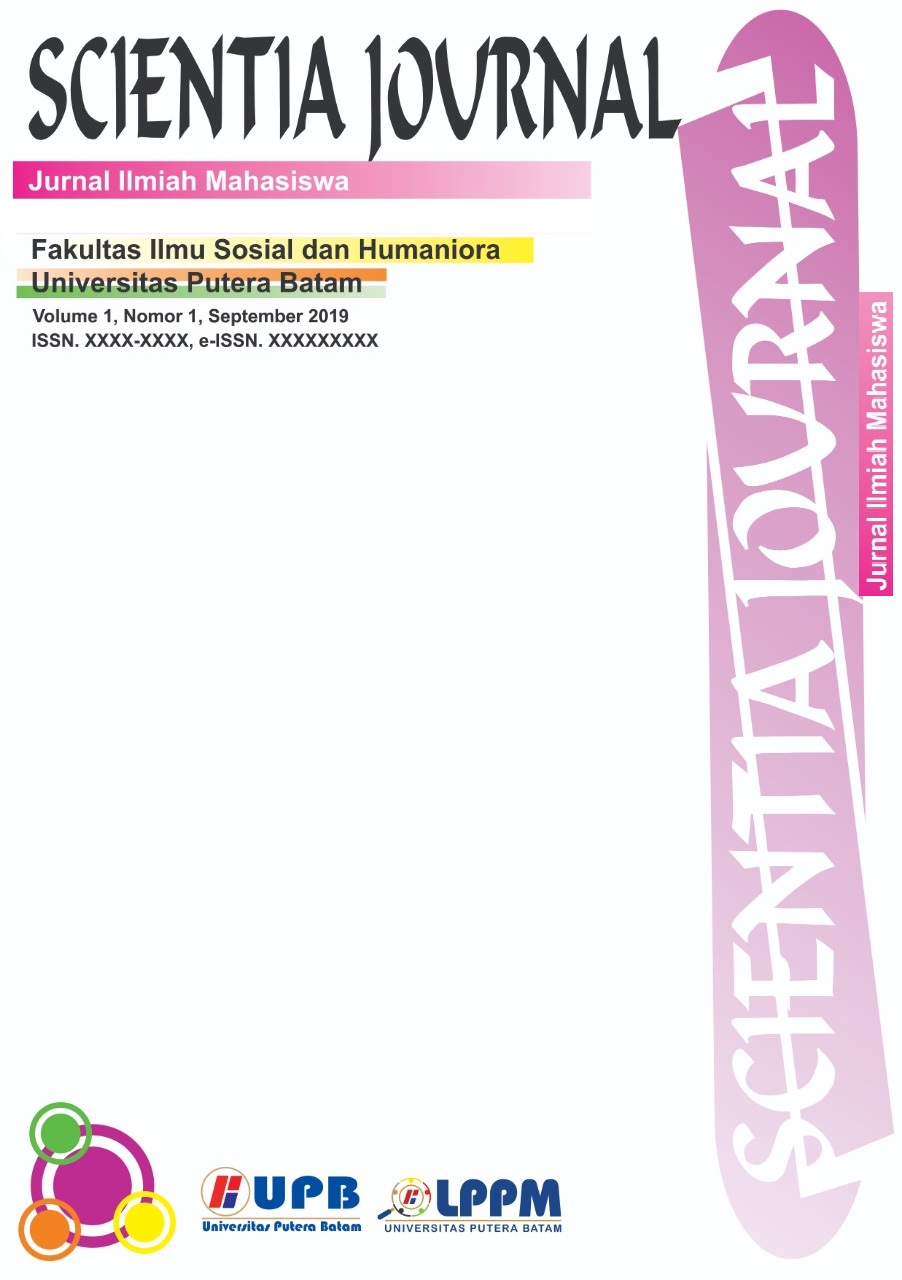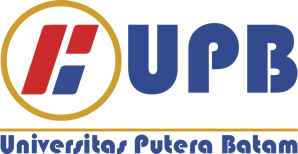CODE MIXING ON KRISTO IMMANUEL’S TWITTER ACCOUNT
DOI:
https://doi.org/10.33884/scientiajournal.v5i5.7705Kata Kunci:
code mixing, sociolinguistic, twitterAbstrak
This research is sociolinguistics research which identified code-mixing on Kristo’s Twitter account. The aim of this research is to know the type of code-mixing on Kristo’s Twitter account. This research used Wardaugh’s theory. The researcher used observational method with non-participant techniques in collecting the data by Sudaryanto. This research applied sociolinguistics identity method and sociolinguistics- competence in equalizing to analyze the data. When people want to interact with each other, they have to choose a particular code to express their feeling. Related to this, the research is written based on code-mixing as a means of language variation in sociolinguistic, and it is used in social media. The researcher found all the type of code mixing on Kristo’s twitter account. Each of the data divided into type of code mixing there are intra-sentential code mixing, intra-lexical code mixing, and involving of pronunciation code-mixing. Code mixing could happen everywhere with any condition and situation. In other words, in this situation many people are using social media and making posts that mix their language.
Keywords : code mixing, sociolinguistic, twitter
Referensi
Agustina, L. (2012). Code swithcing and code mixing done by teachers of SMA Kusuma Bangsa Palembang. Jurnal Holistics, 12. https://doi.org/10.24036/jelt.v8i3.105640
Ayeomoni, M. O. (2006). Code-switching and code-mixing: style of language use in childhood in Yoruba speech community. Nordic Journal of African Studies, 15(1), 90–99.
Creswell, J. W. (2012). Educational research; planning, conducting, and evaluating quantitative qualitative research (4th ed.). Pearson Education Inc.
Fanani, A., & Ma’u, J. A. R. Z. (2018). Code switching and code mixing in English learning process. LingTera, 5(1), 68–77. https://doi.org/10.21831/lt.v5i1.14438
Holmes, J. (2000). An introduction to sociolinguistics. In The Modern Language Journal (4th ed., Vol. 77). https://doi.org/10.2307/329116
Hudson, R. (2000). Word Grammar , cognitive linguistics and second-language learning and teaching. 1–42. https://doi.org/10.1007/s100210000020
Mashiri, P. (2002). Shona-English code-mixing in the speech of students at the University of Zimbabwe. Southern African Linguistics and Applied Language Studies, 20(4), 245–261. https://doi.org/10.2989/16073610209486314
Niesler, T., & de Wet, F. (2009). The effect of code-mixing on accent identification accuracy. Computer Speech and Language, 23(4), 435–443. https://doi.org/10.1016/j.csl.2009.02.002
Octavita, R. A. I. (2017). Code mixing and code switching in Novel The Devil Wears Prada by Lauran Weisberger:A sociolinguistic study. Scope : Journal of English Language Teaching, 1(01), 69. https://doi.org/10.30998/scope.v1i01.872
Prihandoko, L. A. R. Y. (2014). An analysis of slang words used by the characters in: Ramona and Beezus" movie (sociolinguistics approach). Digital Library UNS, 101.
Raihany, A. (2018). The use of code-mixing on keynote speaker of “Islamic teaching forum of parenting and children education.” OKARA: Jurnal Bahasa Dan Sastra, 12(1), 29. https://doi.org/10.19105/ojbs.v12i1.1760
Spolsky Bernard. (1998). Sociolingustics. https://doi.org/10.1017/S0272263199234079
Sudaryanto. (2015). Method dan teknik analysis bahasa. https://doi.org/10.1017/CBO9780511757754
Trudgill, P. (2000). Sociolinguistics: An introduction to language and society. In Penguin Books. https://doi.org/10.2307/326846
Wardaugh, R. (1987). An introduction to sociolinguistics. In The British Journal of Sociology (Vol. 38). https://doi.org/10.2307/590702
Yule, G. (2014). The study of language. Cambridge University Press https://doi.org/10.1017/cbo9780511757754





